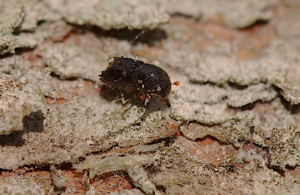![]() GATINEAU, QC – Today, in the spirit of partnership and in recognition of First Nations Climate Leadership, the First Nations–Canada Joint Committee on Climate Action (JCCA) released its fourth annual report to the Prime Minister and the National Chief of the Assembly of First Nations. The JCCA provides a unique opportunity for federal and First Nations representatives to work together to develop and implement a model of partnership for climate action to grow an inclusive, clean, and prosperous future together. First Nations are uniquely and disproportionately affected by climate change. They are experiencing an increase in threats caused by wildfires, permafrost thaw, changing wildlife patterns, diminishing access to traditional food sources, and flooding. First Nations’ knowledge systems, self-determination, and rights must be woven into all federal climate policy and program development as their experiences and knowledge related to the environment and climate change are diverse and unique.
GATINEAU, QC – Today, in the spirit of partnership and in recognition of First Nations Climate Leadership, the First Nations–Canada Joint Committee on Climate Action (JCCA) released its fourth annual report to the Prime Minister and the National Chief of the Assembly of First Nations. The JCCA provides a unique opportunity for federal and First Nations representatives to work together to develop and implement a model of partnership for climate action to grow an inclusive, clean, and prosperous future together. First Nations are uniquely and disproportionately affected by climate change. They are experiencing an increase in threats caused by wildfires, permafrost thaw, changing wildlife patterns, diminishing access to traditional food sources, and flooding. First Nations’ knowledge systems, self-determination, and rights must be woven into all federal climate policy and program development as their experiences and knowledge related to the environment and climate change are diverse and unique.

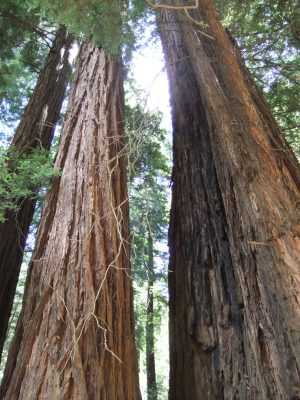 Blockades in the Fairy Creek area were on hold in winter and spring due to dangerous weather conditions in the remote mountains around protest camps. Joshua Wright, an environmentalist who has been raising awareness about old-growth logging on Vancouver Island, says the camps are being re-occupied but it’s difficult because of the RCMP. “Fairy Creek is essentially a fortress if anyone does any action, there RCMP crack down really hard, the industry is blocking all of the gates, to get into Fairy Creek without trespassing into worksite you essentially have to walk a 40 km round trip,” he said. …Teal-Jones, a Surrey-based logging company, has a revenue-sharing agreement with Pacheedaht First Nation. Last year it secured an injunction against the blockades in Tree Farm Licence 46, which covers a large area of southern Vancouver Island.
Blockades in the Fairy Creek area were on hold in winter and spring due to dangerous weather conditions in the remote mountains around protest camps. Joshua Wright, an environmentalist who has been raising awareness about old-growth logging on Vancouver Island, says the camps are being re-occupied but it’s difficult because of the RCMP. “Fairy Creek is essentially a fortress if anyone does any action, there RCMP crack down really hard, the industry is blocking all of the gates, to get into Fairy Creek without trespassing into worksite you essentially have to walk a 40 km round trip,” he said. …Teal-Jones, a Surrey-based logging company, has a revenue-sharing agreement with Pacheedaht First Nation. Last year it secured an injunction against the blockades in Tree Farm Licence 46, which covers a large area of southern Vancouver Island.

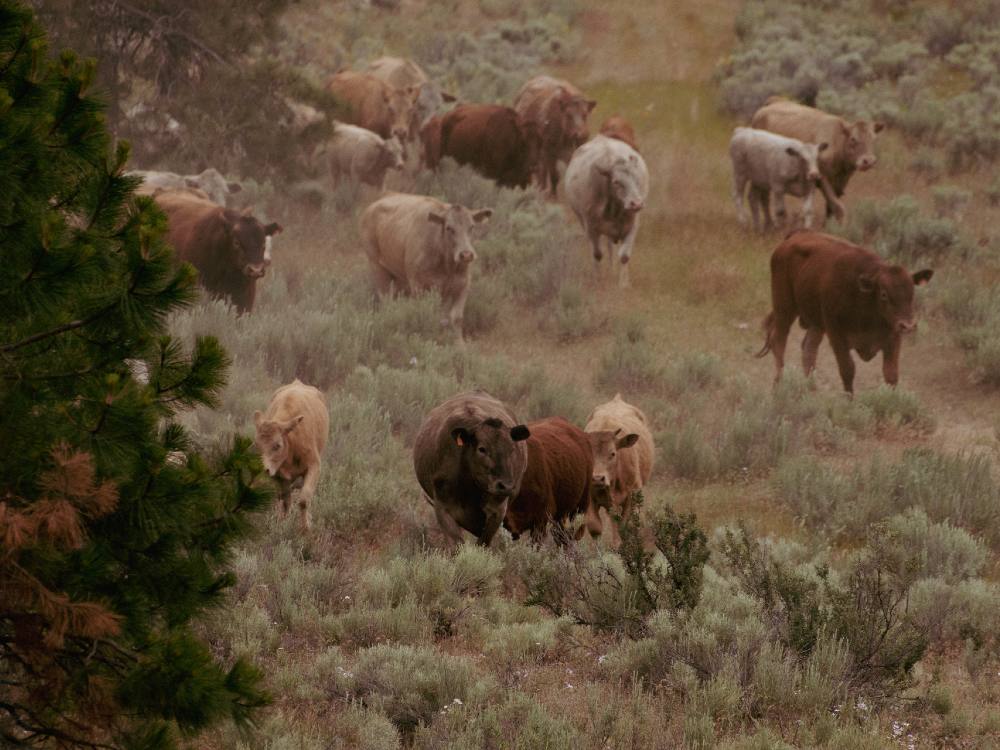
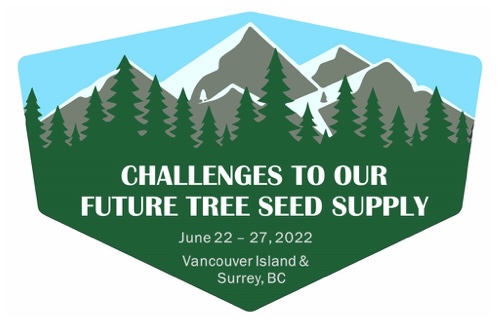 Between June 22, 2022 and June 27th, 2022, a meeting on challenges to our future tree seed supply was held in British Columbia. The purpose of this tree seed meeting was to address a key bottleneck in the highly ambitious global reforestation goals – the sustained availability of high-quality and adapted tree seed. Challenges to our future tree seed supply are real and begin with a lack of educational coverage, research funding and interest, and continued infrastructure investment. The tree seed supply system is taken for granted and unsustainable in its current form. One of the meeting goals was to build strong relationships between organizations involved in this field: IUFRO 2.09.03: Seed Physiology and Technology; International Seed Testing Association Forest Tree and Shrub Committee, International Seed Federation Tree and Shrub group and our Canadian Tree Seed Working Group. Prioritization of efforts needs to consider the whole spectrum of activities from tree seed science to production and processing and ultimately the provision of the best seeds and information to the global tree seed market.
Between June 22, 2022 and June 27th, 2022, a meeting on challenges to our future tree seed supply was held in British Columbia. The purpose of this tree seed meeting was to address a key bottleneck in the highly ambitious global reforestation goals – the sustained availability of high-quality and adapted tree seed. Challenges to our future tree seed supply are real and begin with a lack of educational coverage, research funding and interest, and continued infrastructure investment. The tree seed supply system is taken for granted and unsustainable in its current form. One of the meeting goals was to build strong relationships between organizations involved in this field: IUFRO 2.09.03: Seed Physiology and Technology; International Seed Testing Association Forest Tree and Shrub Committee, International Seed Federation Tree and Shrub group and our Canadian Tree Seed Working Group. Prioritization of efforts needs to consider the whole spectrum of activities from tree seed science to production and processing and ultimately the provision of the best seeds and information to the global tree seed market.


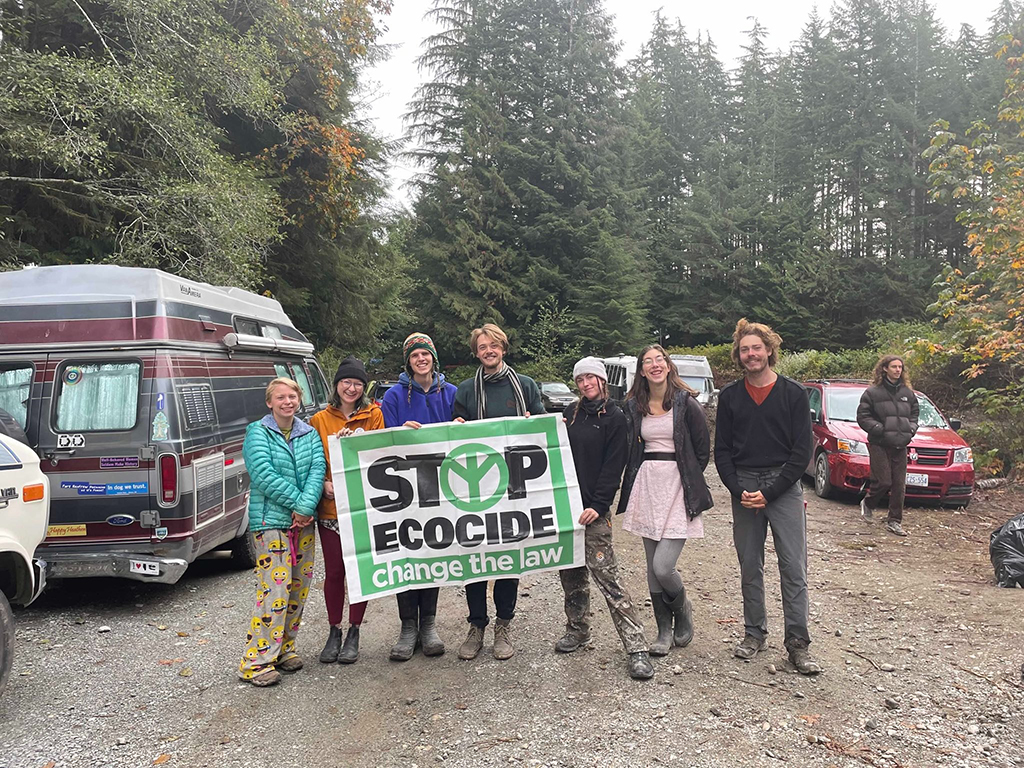
 VICTORIA – The Forest Practices Board will audit the forest planning and practices of Interfor Corporation on tree farm licence (TFL) 18, located near Clearwater, during the week of July 11, 2022. Auditors will examine whether harvesting, roads, silviculture, fire protection and associated planning carried out between July 1, 2020, and July 15, 2022, met the requirements of the Forest and Range Practices Act and the Wildfire Act. The audit area is located in the Thompson Rivers Natural Resource District, northwest of Clearwater and south of Wells Gray Provincial Park. The TFL overlaps the territories of the Adams Lake Indian Band, Canim Lake Indian Band, Neskonlith Indian Band and the Simpcw First Nation. The TFL was transferred to Interfor Corporation from Canadian Forest Products Ltd. in March 2020, including harvesting rights, road maintenance and silviculture obligations and commitments to First Nations, as well as stakeholders.
VICTORIA – The Forest Practices Board will audit the forest planning and practices of Interfor Corporation on tree farm licence (TFL) 18, located near Clearwater, during the week of July 11, 2022. Auditors will examine whether harvesting, roads, silviculture, fire protection and associated planning carried out between July 1, 2020, and July 15, 2022, met the requirements of the Forest and Range Practices Act and the Wildfire Act. The audit area is located in the Thompson Rivers Natural Resource District, northwest of Clearwater and south of Wells Gray Provincial Park. The TFL overlaps the territories of the Adams Lake Indian Band, Canim Lake Indian Band, Neskonlith Indian Band and the Simpcw First Nation. The TFL was transferred to Interfor Corporation from Canadian Forest Products Ltd. in March 2020, including harvesting rights, road maintenance and silviculture obligations and commitments to First Nations, as well as stakeholders. British Columbians can expect a transition to warmer and dryer conditions in July, …as the wildfire season progresses. …current wildfire activity is minimal and concentrated in the northern half of the province, where recent rainfall has been minimal. Cool and wet conditions through June in the southern half of the province have tempered overall fire activity. To help protect British Columbians from wildfires, applications are open for $25 million for community projects that reduce the risk of wildfires. The Province is providing the funding to the Forest Enhancement Society of BC (FESBC). “Cultural and prescribed burning and forest thinning are proven approaches to reduce wildfire risks. I recently visited Williams Lake and saw firsthand how the Forest Enhancement Society of BC is working with its partners to deliver projects like these and help build more resilient communities,” said Katrine Conroy, Minister of Forests.
British Columbians can expect a transition to warmer and dryer conditions in July, …as the wildfire season progresses. …current wildfire activity is minimal and concentrated in the northern half of the province, where recent rainfall has been minimal. Cool and wet conditions through June in the southern half of the province have tempered overall fire activity. To help protect British Columbians from wildfires, applications are open for $25 million for community projects that reduce the risk of wildfires. The Province is providing the funding to the Forest Enhancement Society of BC (FESBC). “Cultural and prescribed burning and forest thinning are proven approaches to reduce wildfire risks. I recently visited Williams Lake and saw firsthand how the Forest Enhancement Society of BC is working with its partners to deliver projects like these and help build more resilient communities,” said Katrine Conroy, Minister of Forests.
:format(webp)/https://www.thestar.com/content/dam/thestar/business/mars/2022/07/12/after-the-fire-scientists-turn-to-drones-and-lasers-to-keep-forests-healthy/flashforest.jpg)

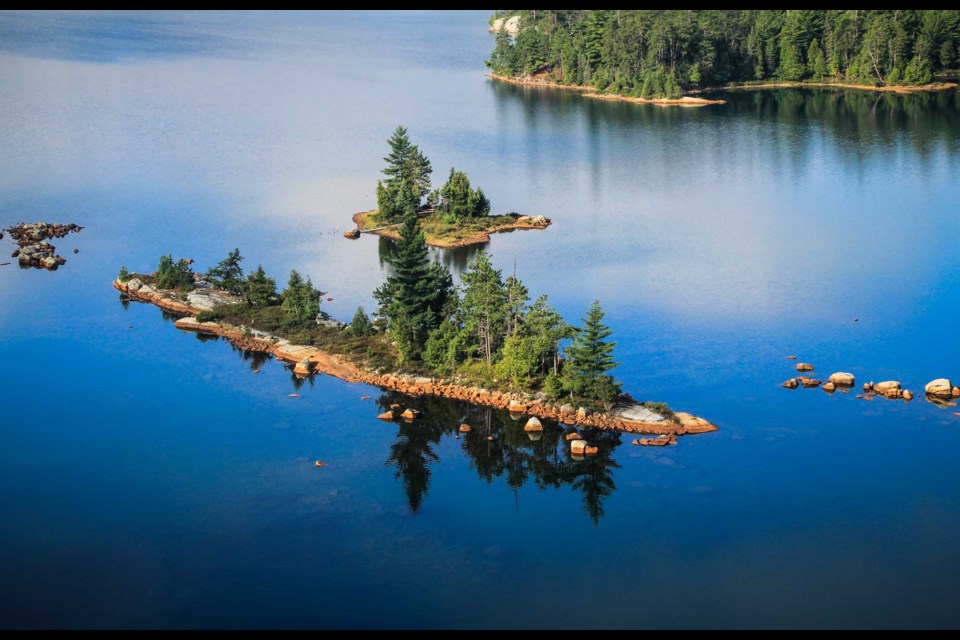

 The expansive national forests of the Pacific Northwest hold significant ecological, cultural, and economic value for the American people. …Pew commissioned analyses, conducted by research nonprofit Conservation Science Partners, of the 17 national forests within the NWFP area to identify critical conservation areas for biodiversity, carbon storage, and climate resilience. These “high ecological value areas” (HEVAs) are currently unprotected places that contain the top 10% of ecologically valuable lands within a given forest. The data contained in these analyses can help the agency understand how to ensure the ecological health of the forests while balancing the multiple-use mandate to coordinate outdoor recreation, range, timber, watershed, wildlife and fish, and wilderness for the benefit of people and nature. Here are some highlights from the Conservation Science Partners reports.
The expansive national forests of the Pacific Northwest hold significant ecological, cultural, and economic value for the American people. …Pew commissioned analyses, conducted by research nonprofit Conservation Science Partners, of the 17 national forests within the NWFP area to identify critical conservation areas for biodiversity, carbon storage, and climate resilience. These “high ecological value areas” (HEVAs) are currently unprotected places that contain the top 10% of ecologically valuable lands within a given forest. The data contained in these analyses can help the agency understand how to ensure the ecological health of the forests while balancing the multiple-use mandate to coordinate outdoor recreation, range, timber, watershed, wildlife and fish, and wilderness for the benefit of people and nature. Here are some highlights from the Conservation Science Partners reports. The high heat and low water conditions produced by global warming weaken pine trees’ resistance to disease by hindering their ability to mount an effective defense at the same time that pathogenic fungi in their tissues become more aggressive, new research suggests. The study is the first to simultaneously examine metabolic gene expression in both host trees and the pathogens attacking them under normal and climate-change conditions. The findings help explain the mechanisms behind what has become a well-known fact: The warming world makes trees more susceptible to disease. The study was conducted on Austrian pines, which are native to southern Europe and used ornamentally in the United States. Researchers tested climate change conditions’ effects on the trees after infection by two related fungi that have killed large swaths of these pines over time. …[The trees] showed decreased capacity to carry out photosynthesis… While, both strains of the fungus … became significantly more pathogenic…
The high heat and low water conditions produced by global warming weaken pine trees’ resistance to disease by hindering their ability to mount an effective defense at the same time that pathogenic fungi in their tissues become more aggressive, new research suggests. The study is the first to simultaneously examine metabolic gene expression in both host trees and the pathogens attacking them under normal and climate-change conditions. The findings help explain the mechanisms behind what has become a well-known fact: The warming world makes trees more susceptible to disease. The study was conducted on Austrian pines, which are native to southern Europe and used ornamentally in the United States. Researchers tested climate change conditions’ effects on the trees after infection by two related fungi that have killed large swaths of these pines over time. …[The trees] showed decreased capacity to carry out photosynthesis… While, both strains of the fungus … became significantly more pathogenic…
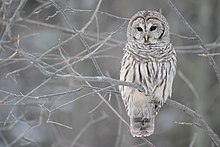
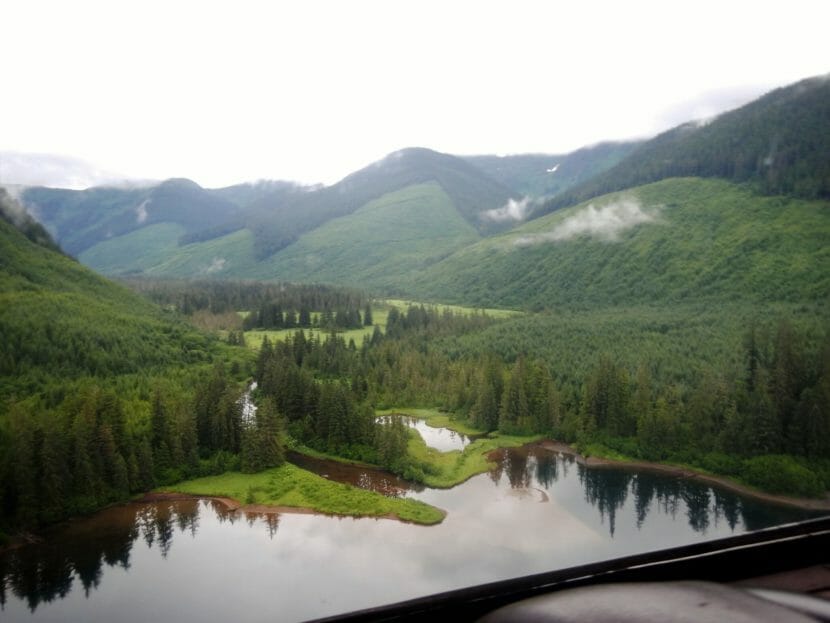

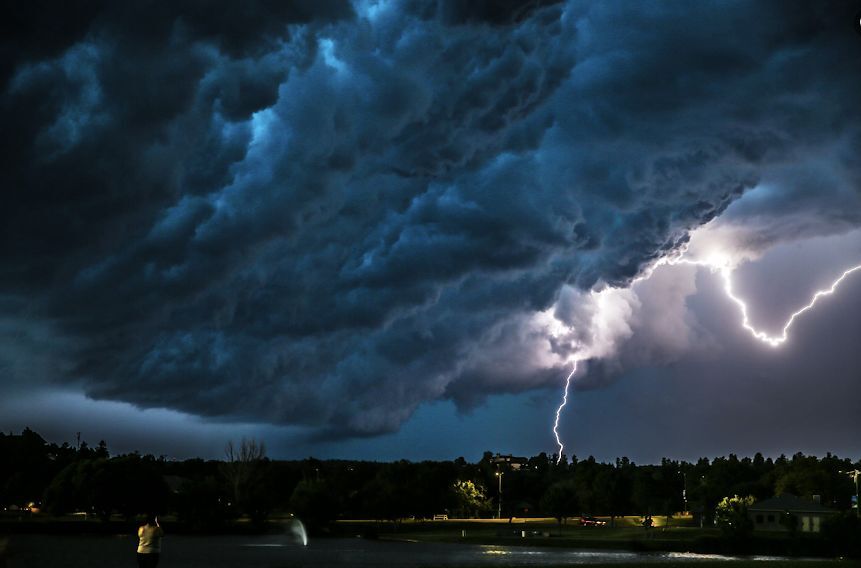

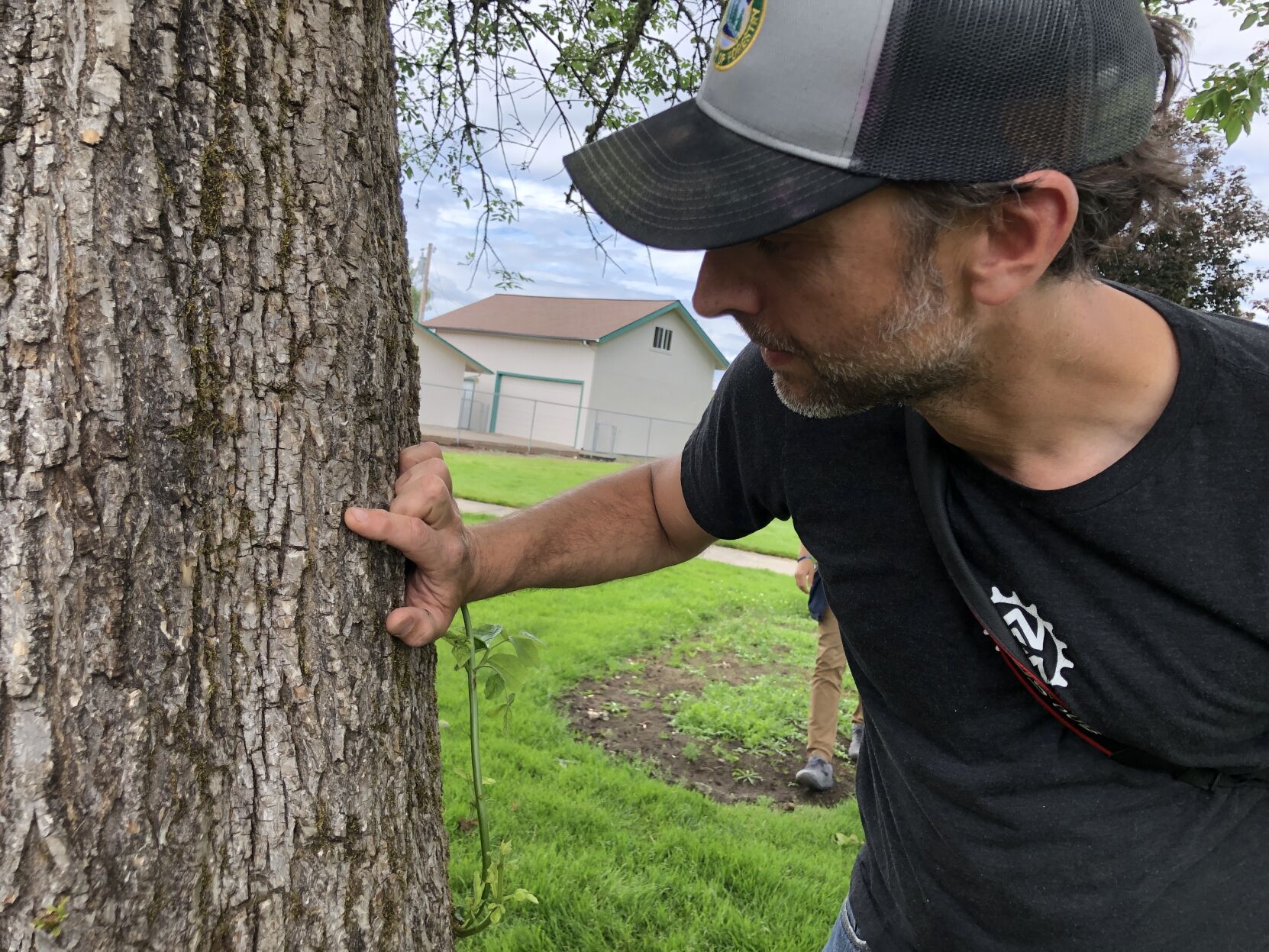
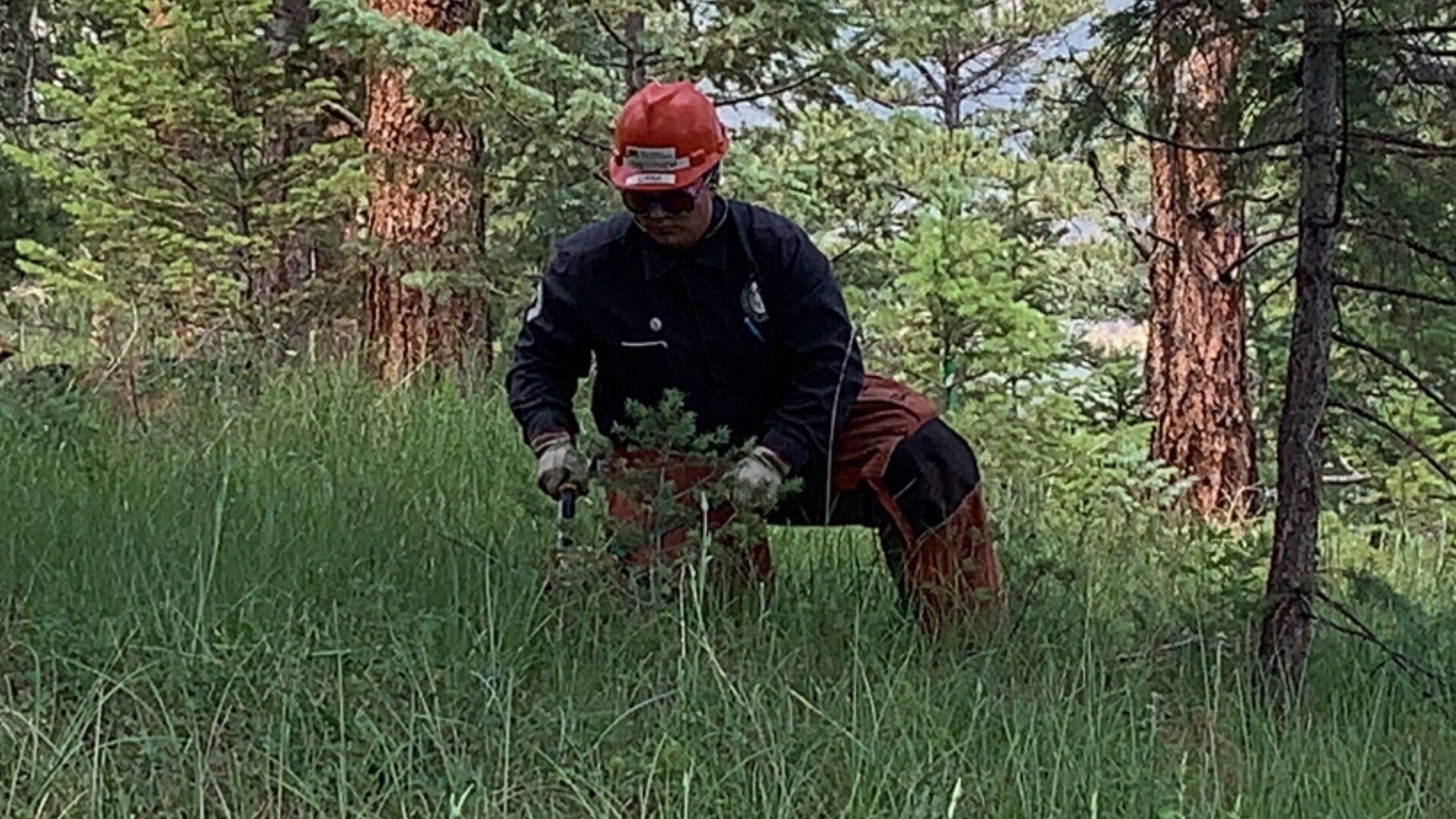


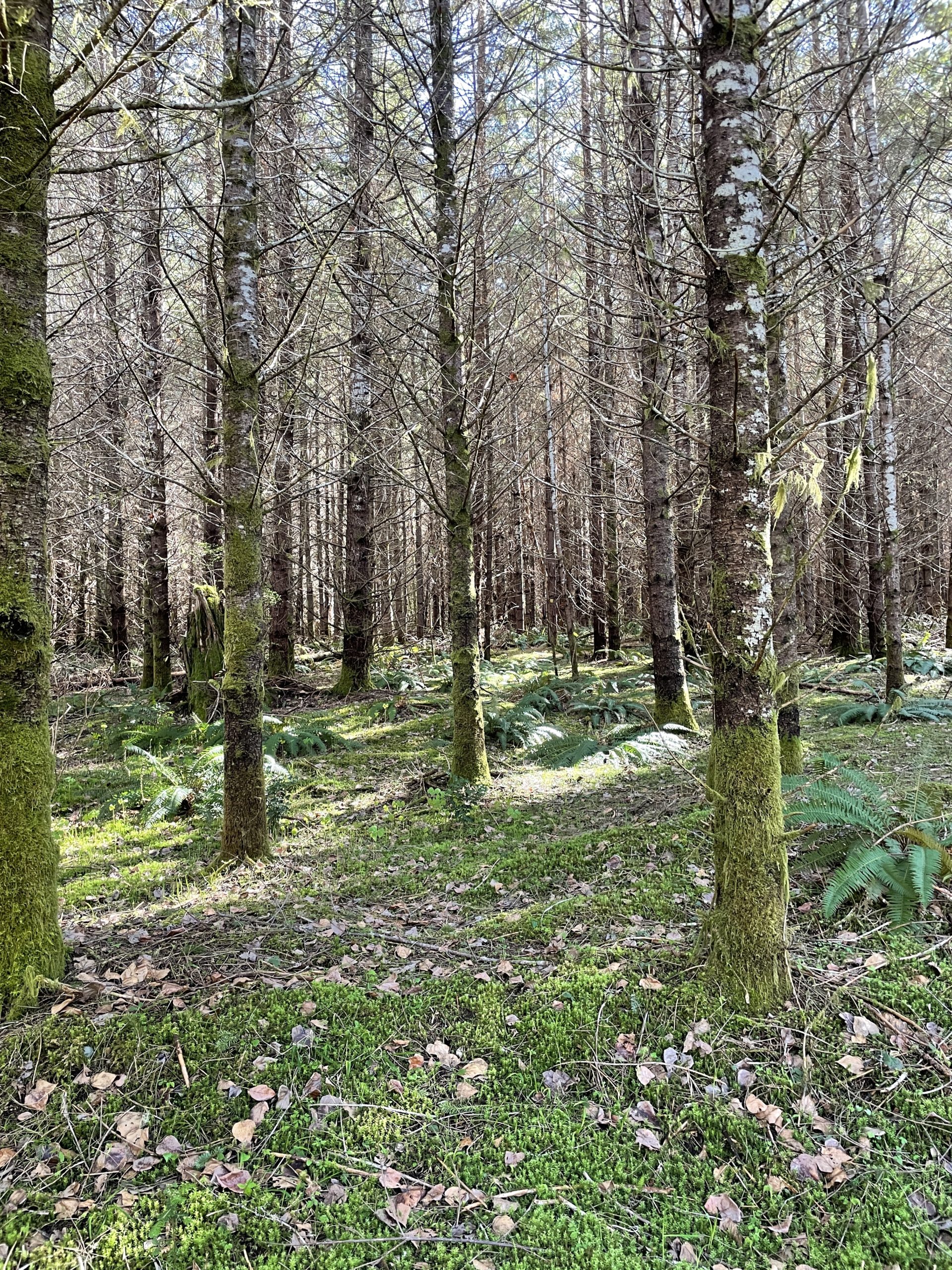 The day after the nation celebrated its independence, the Klamath-Siskiyou Wildland Center (KS Wild) continued the fireworks by notifying the Bureau of Land Management it was going to sue the agency. What drew the ire of KS Wild? Public lands managers at the BLM are seeking to implement its Integrated Vegetation Management for Resilient Lands Environmental Assessment. Projects from this plan will encourage healthier forests that are more resilient to wildfire and drought, protect adjacent communities from large-scale wildland fires, and improve habitat for vulnerable wildlife species and plants. …To accomplish its goals, the BLM may remove some commercial timber from the treatment areas. …Commercial harvest is sometimes the most efficient way to accomplish the agency’s conservation goals. That’s because the timber industry provides the people, equipment and markets to remove and process the materials that need to come off fire-prone public lands.
The day after the nation celebrated its independence, the Klamath-Siskiyou Wildland Center (KS Wild) continued the fireworks by notifying the Bureau of Land Management it was going to sue the agency. What drew the ire of KS Wild? Public lands managers at the BLM are seeking to implement its Integrated Vegetation Management for Resilient Lands Environmental Assessment. Projects from this plan will encourage healthier forests that are more resilient to wildfire and drought, protect adjacent communities from large-scale wildland fires, and improve habitat for vulnerable wildlife species and plants. …To accomplish its goals, the BLM may remove some commercial timber from the treatment areas. …Commercial harvest is sometimes the most efficient way to accomplish the agency’s conservation goals. That’s because the timber industry provides the people, equipment and markets to remove and process the materials that need to come off fire-prone public lands. 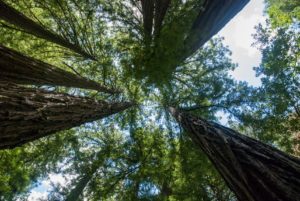 Oregon activists have come far… from protecting federal public forest, to protecting state public forests. What, I wondered, was the next step? Wouldn’t it be to protect public interest against private property itself, not just against logging/development on public lands? The private property most in question would be the 10.2 million acres of private logging lands in the state. What impact does private land use on about one-third of all forests in the state have on the public interest, specifically municipal watersheds, air and water quality and community fire resilience? Oregon is uniquely qualified to answer this question through the application of what legal scholars call “public trust doctrine.” …Its primary principle is that the “sovereign,” or state, holds resources in trust for public use regardless of private property ownership. …Private logging land is often sprayed with herbicide and commonly clear-cut.
Oregon activists have come far… from protecting federal public forest, to protecting state public forests. What, I wondered, was the next step? Wouldn’t it be to protect public interest against private property itself, not just against logging/development on public lands? The private property most in question would be the 10.2 million acres of private logging lands in the state. What impact does private land use on about one-third of all forests in the state have on the public interest, specifically municipal watersheds, air and water quality and community fire resilience? Oregon is uniquely qualified to answer this question through the application of what legal scholars call “public trust doctrine.” …Its primary principle is that the “sovereign,” or state, holds resources in trust for public use regardless of private property ownership. …Private logging land is often sprayed with herbicide and commonly clear-cut. 
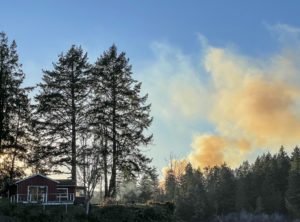 OREGON — Four environmental groups are threatening to sue federal agencies over a new forest treatment plan. The activists say the Bureau of Land Management isn’t doing enough to protect two threatened species in Southern Oregon. A proposed lawsuit… seeks to protect the marbled murrelet and coastal marten, which are both threatened under the Endangered Species Act. The BLM’s Integrated Vegetation Management forest management plan outlines 150,000 acres of prescribed fires, small diameter tree thinning, and commercial thinning in late successional reserves over the next 10 years. They argue the new decadelong forest management plan will be ineffective. …But Regional Fire Specialist Chris Adlam with Oregon State University says the plan will help reintroduce beneficial fire. …Adlam says the 2020 Slater Fire wiped out huge portions of northern spotted owl habitat.
OREGON — Four environmental groups are threatening to sue federal agencies over a new forest treatment plan. The activists say the Bureau of Land Management isn’t doing enough to protect two threatened species in Southern Oregon. A proposed lawsuit… seeks to protect the marbled murrelet and coastal marten, which are both threatened under the Endangered Species Act. The BLM’s Integrated Vegetation Management forest management plan outlines 150,000 acres of prescribed fires, small diameter tree thinning, and commercial thinning in late successional reserves over the next 10 years. They argue the new decadelong forest management plan will be ineffective. …But Regional Fire Specialist Chris Adlam with Oregon State University says the plan will help reintroduce beneficial fire. …Adlam says the 2020 Slater Fire wiped out huge portions of northern spotted owl habitat.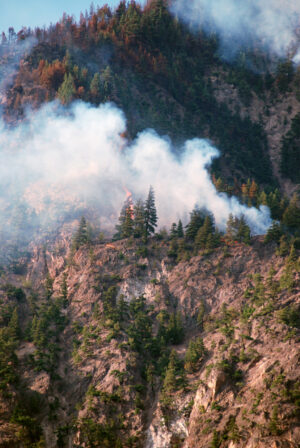 Jay Smith is the forest restoration director for Coconino County, which includes the city of Flagstaff and was hit by a particularly brutal start to this year’s fire season. …But as bad as this may seem, Smith knows that things could get much worse. The forest overall has six times more trees than it did historically, Smith said, which adds up to much more fuel for wildfires. …“We’re so far behind on getting these forests thinned”. …The city, county and state have all taken on projects to improve the health and lower the flammability of the forest in recent years. …Experts attribute the delayed work in large part to Flagstaff’s lack of a logging industry. “It used to be here. It’s no longer here.” …Flagstaff had a profitable logging industry through the 1980s, but a push to protect Mexican spotted owl habitat [meant] loggers could no longer cut the older, larger trees.
Jay Smith is the forest restoration director for Coconino County, which includes the city of Flagstaff and was hit by a particularly brutal start to this year’s fire season. …But as bad as this may seem, Smith knows that things could get much worse. The forest overall has six times more trees than it did historically, Smith said, which adds up to much more fuel for wildfires. …“We’re so far behind on getting these forests thinned”. …The city, county and state have all taken on projects to improve the health and lower the flammability of the forest in recent years. …Experts attribute the delayed work in large part to Flagstaff’s lack of a logging industry. “It used to be here. It’s no longer here.” …Flagstaff had a profitable logging industry through the 1980s, but a push to protect Mexican spotted owl habitat [meant] loggers could no longer cut the older, larger trees.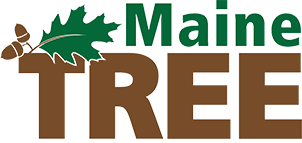
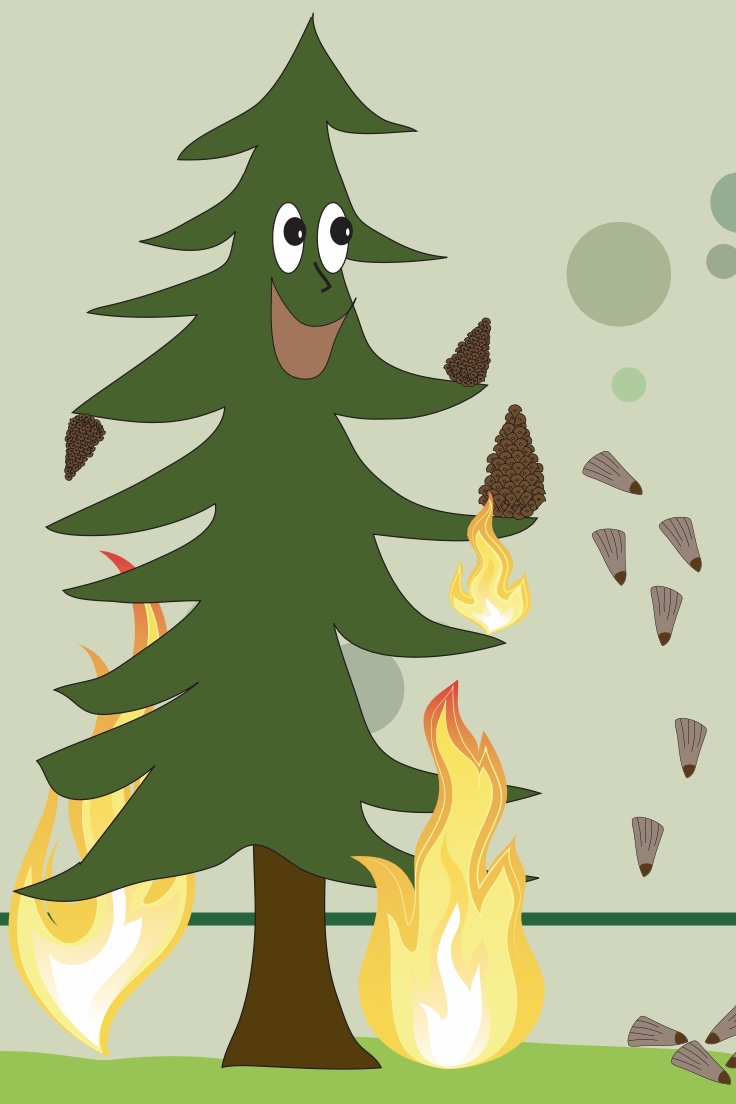 Fueled by high winds and dry conditions, New Jersey’s largest wildfire in 15 years swept through Wharton State Forest in the Pine Barrens two weeks ago, burning more than 13,500 acres. Thankfully, no lives or homes were lost, as the blaze occurred in a remote part of New Jersey’s largest tract of public open space. Wharton State Forest encompasses 122,800 acres (192 square miles) in Burlington and Atlantic counties. While 13,500 charred acres may sound like an ecological catastrophe, it is just the opposite. Fire is an essential ingredient in making and keeping the Pine Barrens what they have been for thousands of years. “In the Pine Barrens, wildfires that are so dangerous to people and their property are usually not destructive to the natural systems,” explains Dr. Emile DeVito, New Jersey Conservation Foundation’s staff biologist. “The Pine Barrens needs hot fires to persist, as do many of its rare species.”
Fueled by high winds and dry conditions, New Jersey’s largest wildfire in 15 years swept through Wharton State Forest in the Pine Barrens two weeks ago, burning more than 13,500 acres. Thankfully, no lives or homes were lost, as the blaze occurred in a remote part of New Jersey’s largest tract of public open space. Wharton State Forest encompasses 122,800 acres (192 square miles) in Burlington and Atlantic counties. While 13,500 charred acres may sound like an ecological catastrophe, it is just the opposite. Fire is an essential ingredient in making and keeping the Pine Barrens what they have been for thousands of years. “In the Pine Barrens, wildfires that are so dangerous to people and their property are usually not destructive to the natural systems,” explains Dr. Emile DeVito, New Jersey Conservation Foundation’s staff biologist. “The Pine Barrens needs hot fires to persist, as do many of its rare species.”
